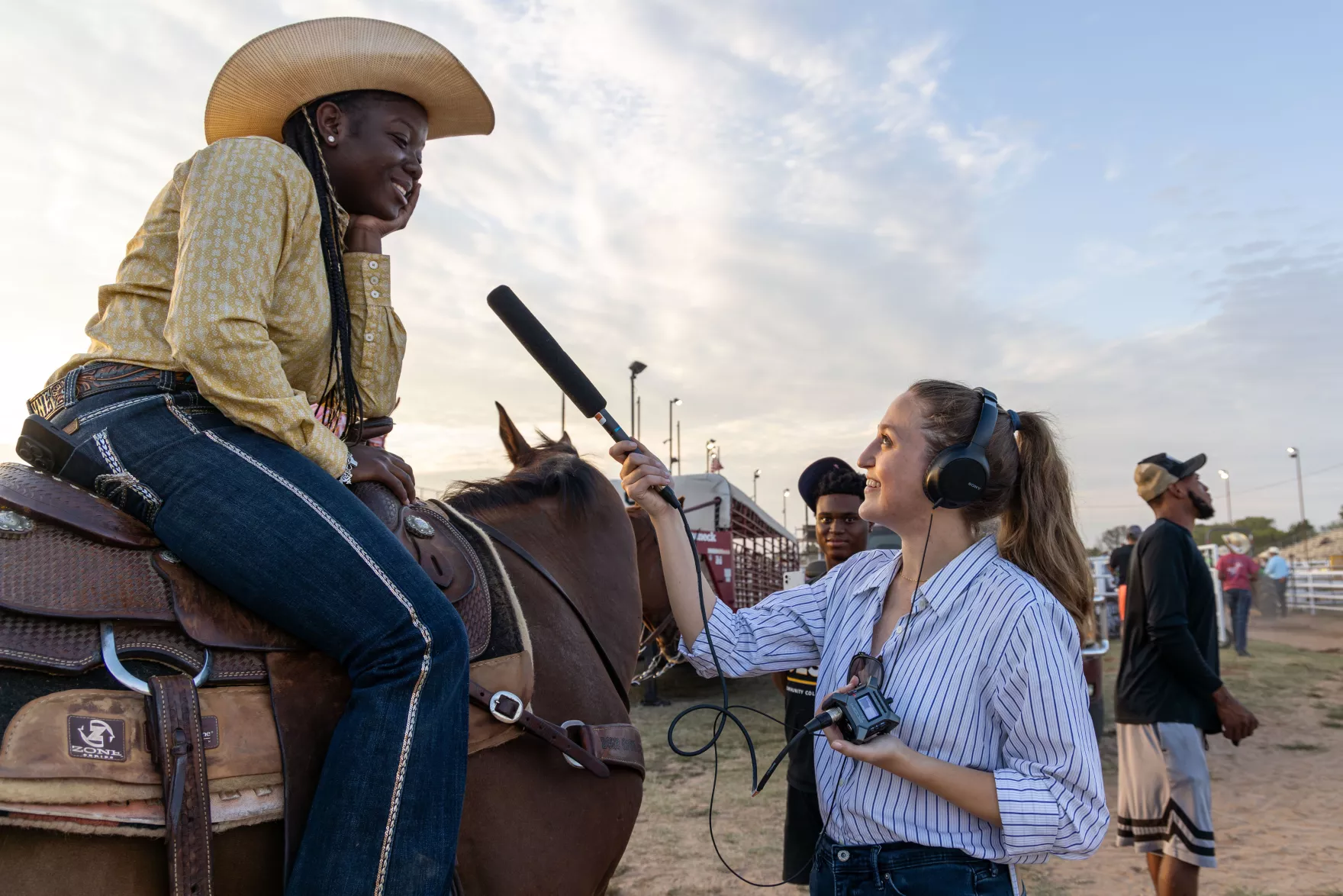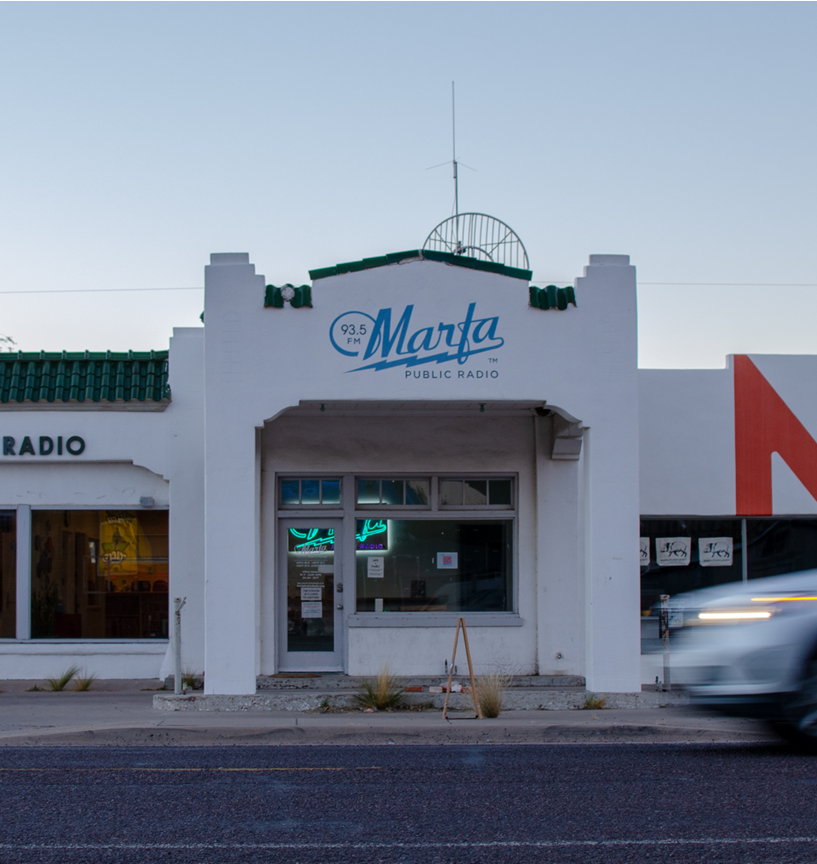
The Texas station’s approach to supporting people across thousands of acres through the desert rests on knowing what’s happening close to home and what connects their communities’ varied interests
In the vast expanses of West Texas’ Big Bend region, towns are sparse, groceries stores can be over an hour away from each other, and the nearest traditional media outlets can be even further. For the area, Marfa Public Radio is much more than a typical public radio station. Splitting its on-air schedule between local reporting and music programming while building original podcasts – and exploring ways to bring in community members into that process, is a critical lifeline for its listeners, providing timely news, emergency alerts, and a rich tapestry of local culture. The public station and its team of nine full time employees are an indispensable part of the community it serves.
There’s always plenty to do for the staff. Carlos Morales, their news director, and leader of a group of three other news team members, finds both the opportunities and rewards that come along with being a rural station provide the drive to keep going. “It’s exciting, and I’m constantly learning from it, either from the job directly or from the people that surround me. And so they keep me going,” says Morales. However, the main challenge Marfa Public Radio faces is one that’s not uncommon for most rural stations. “Marfa is a bit of a news desert,” he says. “There are regional newspapers, but beyond that, folks out here will get TV news that’s being picked up from a station in Odessa and Midland, and those cities are three hours away.” This significant distance from conventional news sources places a heavy responsibility on Marfa Public Radio to be the primary source of news and information in an isolated area.
Understanding and serving the community’s needs is a priority for Morales and his team, much like it is at many rural public stations, and Marfa Public Radio’s staff share deep roots and personal connections in the area. “You get a firmer, quicker sense of what it is that your audiences are curious about what they’re looking for,” he says when discussing the value of being in a small town. The team at the station deeply engages with the local arts and culture scene, enriching the community’s social fabric. With a coverage area as vast as the size of South Carolina, Morales emphasizes the need for intentional journalism. “You have to remind yourself, part of what gets you into the reporting game […] is your desire to have and put out news of consequence,” he notes about the drive that comes alongside being at a rural station. It’s a deliberate focus that helps the small team manage their broad responsibilities without becoming overwhelmed.
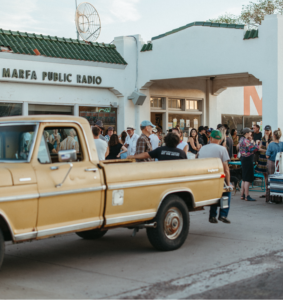
That burden of being a small team with a wide broadcast range is further strained during emergencies. Wildfires, common in this arid region, pose an imminent threat, and the radio station often becomes the only source of real-time, life-saving information. “Radio really takes on a very critical role,” Morales explains. “We provide immediate breaking news, what we often call lifeline information.” The area, unfortunately, has felt the effects close to home in recent years, notably in 2011 with the Rockhouse Fire and in 2018 with the McDannald Ranch Fire. In those instances, the demands of the station became clear and the station sprung into action. “We have news and information about where people are being told to evacuate that needs to be out there. We’re getting news and information about people offering up their homes. For anyone that’s being displaced, we need to get that out there,” says Morales, speaking to the duty of a local rural station to not only offer a sense of community but individual care and support when people need it most.
That reciprocal relationship with its listeners, which is fundamental to its operation, comes out in times of need but also in ways that show off the unique quirks of the area, known worldwide for a rich artistic scene that’s drawn in everyone from renowned sculpturists to Instagram influencers. So it’s valuable for Marfa Public Radio to not only provide news and information but uphold a strong community spirit, essential for its sustainability. “Part of it is showing up for them, being there at small community events, fundraisers,” Morales says. “Just to show people that, yeah, I’m there as Carlos, but I know they’re also seeing me there as being kind of a representative of the radio station.” Recently, that took the form of something Morales admits “sounds so Marfa,” a city-wide arm wrestling competition, a fundraiser for the local school district scholarships. “We had our operations person [Christopher Dyer] as the MC for the event. Our station manager Yvonne Lujan competed,” he recounts. For Morales and the team, it’s not just the reporting that shows that they’re engaged and present in the community, it’s also just being there as fellow neighbors. Both a lifeline and a cultural hub, Marfa Public Radio exemplifies the critical role that local noncommercial stations play in rural America. “I know that I am surrounded by amazingly smart and talented reporters, producers, and just audio professionals,” says Morales when asked about what keeps him coming into work. “At the end of the day, we’re a small team and we’re all we got, so we’ve got to take care of each other in order to make sure that we continue to keep doing the work.” The output of that work stands as a beacon in the desert, profoundly connected to its community, and vividly illustrates the power and responsibility of local journalism.
Other Stories
noncomMUSIC Alliance: Live from Knoxville, WDVX’s ‘Blue Plate Special’ Is Appalachia’s Soundtrack
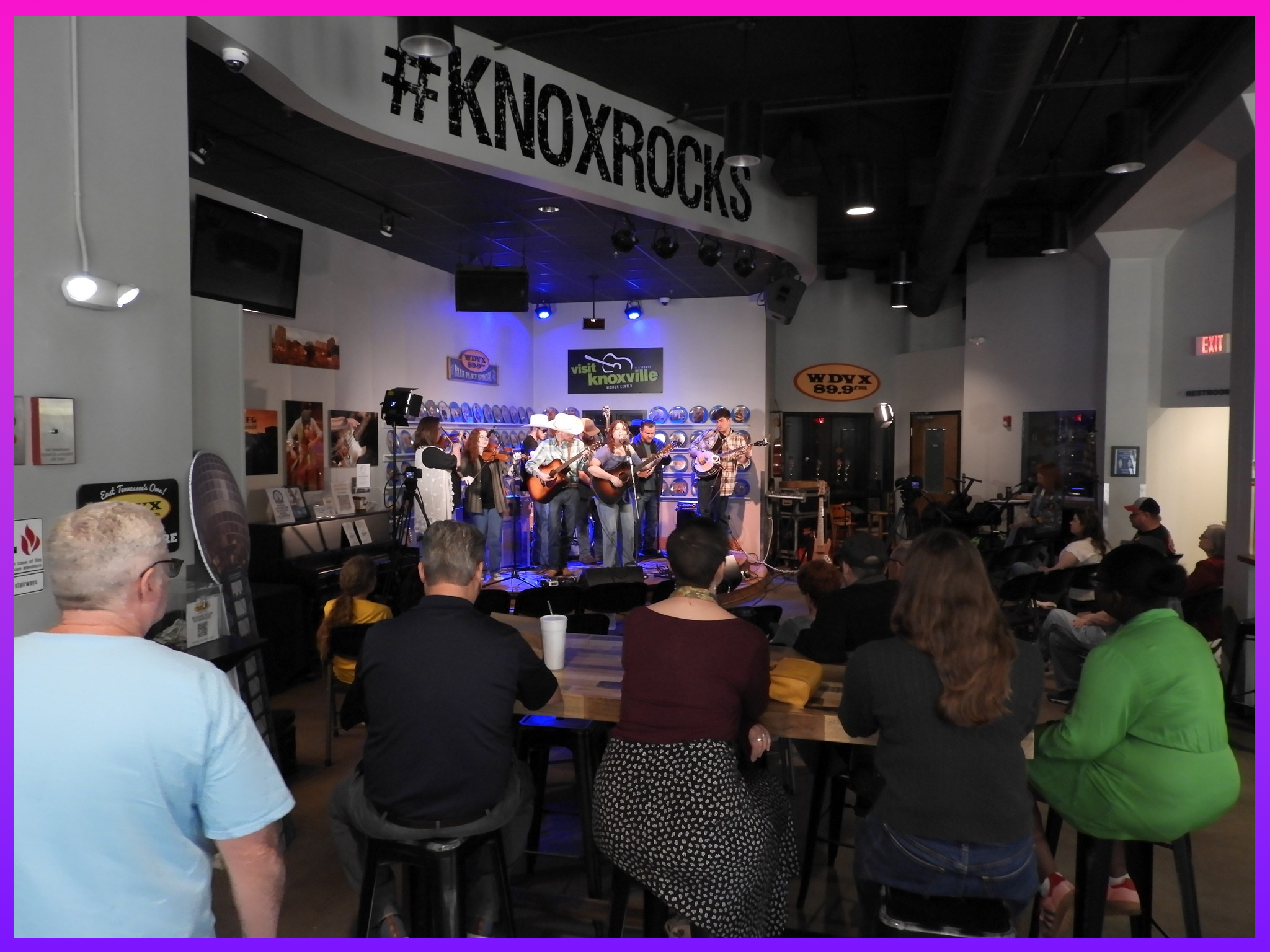
Alliance of Rural Public Media Sends Letter to Congress in Support of Public Media Funding

Inside Maine Public’s Mission to Connect Every Corner of the State
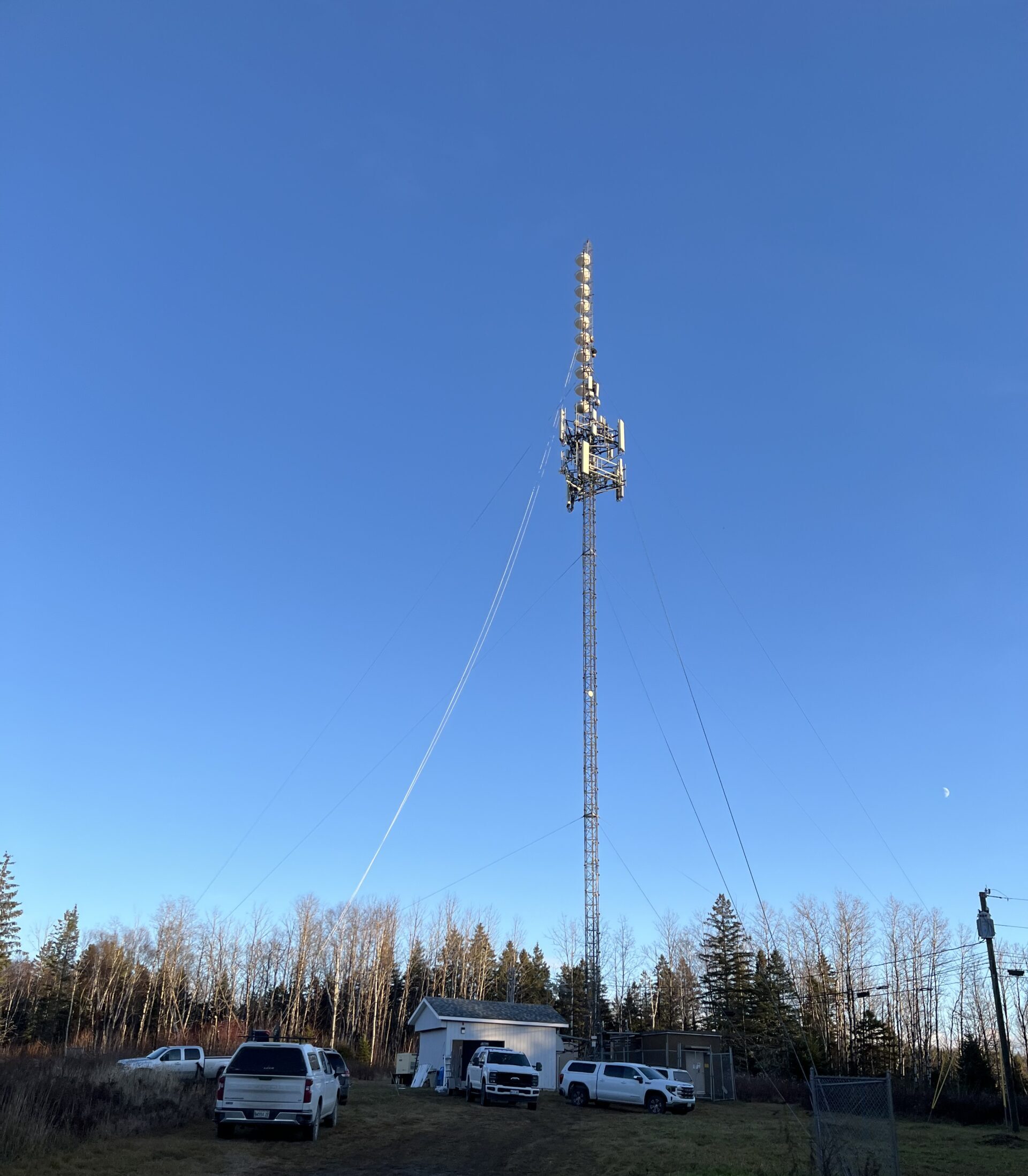
How a Kentucky Community Radio Station Found Its Home in an RV: Inside WMMT’s ‘Possum Den’
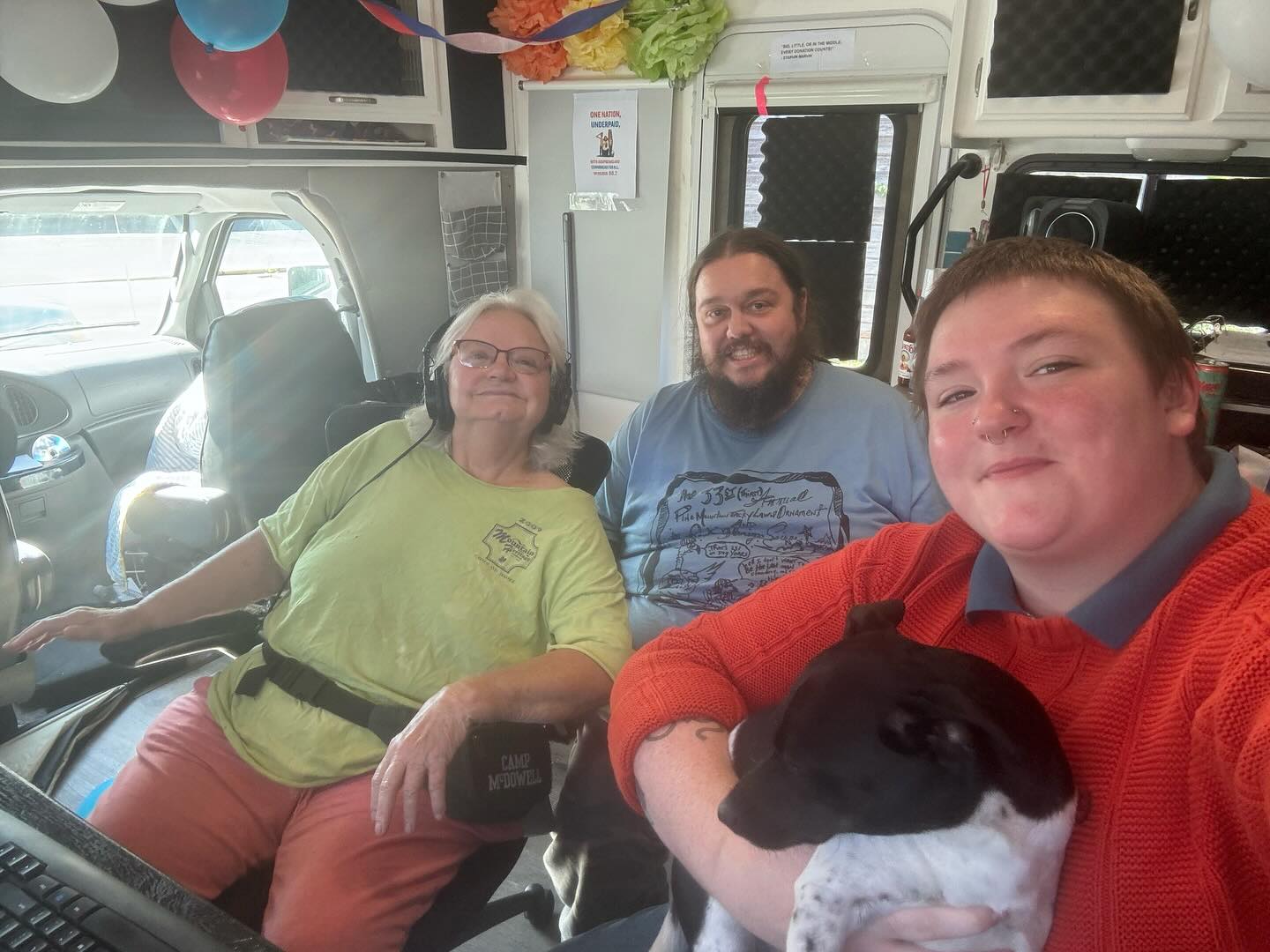
Farm-To-Airways: Harvest Public Media Is Telling the Heartland’s Stories
